So, you’ve scored an invite to an Indian wedding and you’re wondering, “What on earth do I wear?” There’s colour, sparkle, tradition, new faces, tons of food, and a whirlwind of rituals. Indian weddings aren’t just events—they’re full-on festivals jammed into a weekend (or, hey, sometimes five days). The moment you open that fancy, gold-embossed invite, the anxiety about your outfit probably hits as hard as the scent of jasmine in the air. It’s not just about fitting in, but also about feeling comfortable, showing respect, and having fun in the most photogenic, energetic crowd you’ll probably ever experience.
Understanding Indian Wedding Attire: What Makes It Unique?
Jumping into the Indian wedding scene is unlike any other celebration out there. There’s no cookie-cutter dress code, and honestly, you’ll rarely see a dress or tux in a sea of saris, sherwanis, lehengas, and dazzling colours. But why all the fuss?
Indian weddings are rooted in centuries-old traditions from different regions and religions—Hindu, Sikh, Muslim, and more. Each backdrop brings unique customs and must-have outfits. Colours aren’t just style choices; they have actual meanings. For example, red is pretty much the Beyoncé of wedding colours for Hindu and Sikh brides—it symbolizes prosperity and a spark of new beginnings. Whites? You might want to avoid those in some ceremonies, since white is a colour of mourning in many Indian communities.
One thing’s for sure: Indian weddings are about joy, not subtlety. Bold prints, intricate embroidery, shimmering fabrics, and twinkling jewels take centre stage. If you’re used to blending in at Western weddings, prepare for everything to feel a bit extra (in the best way possible). The couple’s families want a vibrant, memorable day full of energy, and the guests are expected to level up to match that atmosphere.
But don’t get nervous. No one’s expecting you to nail every traditional detail. Instead, effort and respect shine brightest. Think about the host’s regional roots: North Indians often wear brighter, heavily embroidered pieces, while South Indian attire can be a bit more classic and less ornate. If you’re not Indian, traditional wear is strongly encouraged—saris, lehengas, salwar kameez for women, and kurta-pajamas or sherwanis for men. (You don’t need to invest major cash—rentals are totally common, and online sites ship worldwide.)
Here’s a handy breakdown of typical Indian wedding outfits:
| Outfit Type | Gender | Description | Occasion |
|---|---|---|---|
| Sari | Women | Long decorative fabric wrapped over a blouse and skirt. Dazzling prints & often a lot of sparkle. | Main Day & Receptions |
| Lehenga | Women | Skirt, blouse, and scarf combo, often heavily embroidered. | Dancing, Main Day, Sangeet |
| Salwar Kameez | Women | Tunic + trousers + scarf set; comfy and practical, yet colourful. | Welcome Events, Mehendi, Casual Functions |
| Kurta-Pajama | Men | Long tunic with straight cotton or silk pants. Comes in every colour imaginable. | Any Ceremony |
| Sherwani | Men | Formal, often embroidered jacket worn over a kurta and churidar pants. | Wedding Ceremony, Reception |
| Suit & Tie | Men | Western suit—less common, but okay at some receptions. | Reception (if dress code allows) |
So what’s off-limits? Black is a wedding no-go for some communities. Whites, as mentioned, can have the wrong vibe. Leave casual stuff—jeans, shorts, simple tees—at home.
Accessories are a thing too. For women, expect bright bangles, bindis (the decorative dot on the forehead, which guests often wear for the event), dangly earrings, and intricate hair accessories. For men, a simple scarf called a 'dupatta' or a 'safa' turban can really look sharp. Both are available in event-friendly rental shops or online.
Wondering if you’ll stick out? Actually, Indian weddings LOVE when guests participate in tradition, no matter where they’re from. But if you’re pulled aside by an aunty saying, “Eat more, you look thin!”—that’s normal. It means you fit right in.
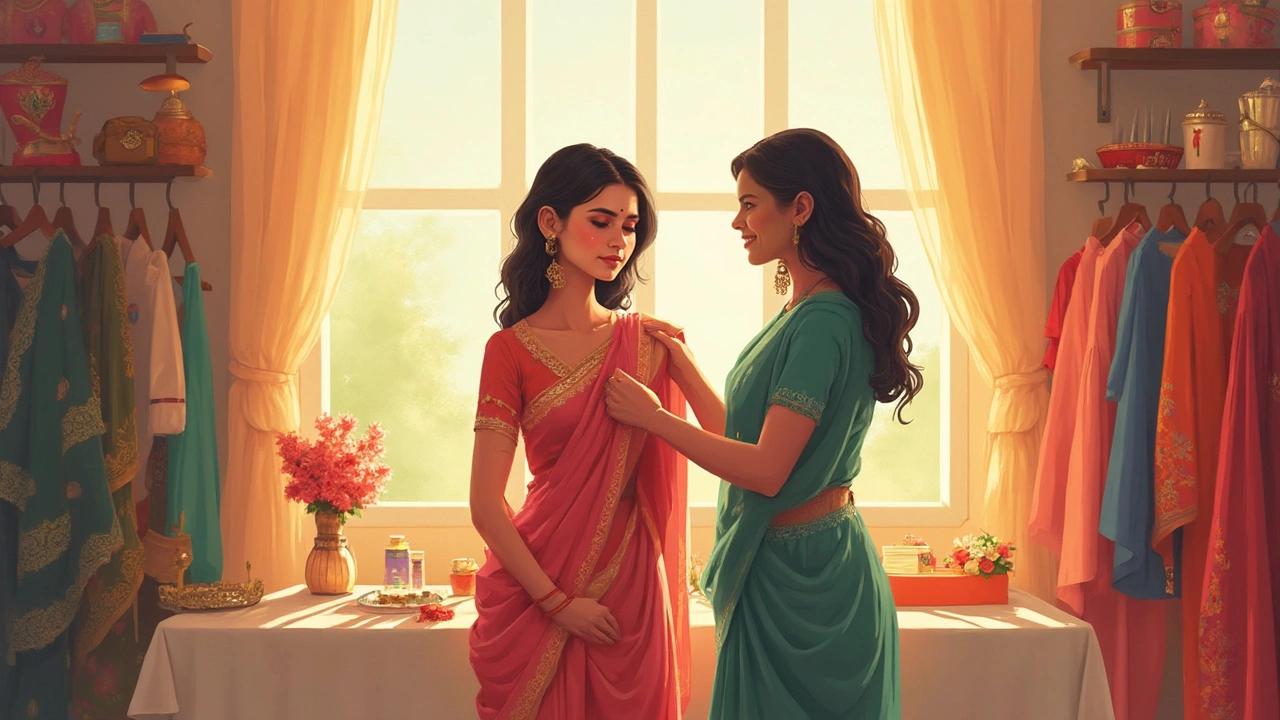
How to Choose the Right Outfit: Tips and Customization Ideas
Here’s where things get tricky, and interesting! The invite may rattle off a string of events: Mehendi, Sangeet, Haldi, Baraat, Reception—you won’t find those listed on most church invites, right? Each event comes with its own mood and dress customs. A general rule: as the wedding day (or main event) gets closer, the outfits get flashier and more formal.
For the Mehendi (henna ceremony), women usually lean towards something bright and playful—think light lehengas, breezy salwar kameez, or even floral-printed saris. Haldi (a turmeric-smearing, pre-wedding function) calls for yellow—wear clothes you don’t mind a turmeric stain on, because turmeric doesn’t care about dry cleaning. The Sangeet (dance party night) is like Bollywood on steroids. Sequins, jumpsuits, Indo-Western fusions... if it’s fun and you can dance in it, you’re golden. The wedding ceremony itself is all about elegance and sparkle—formal saris or lehengas, or crisp sherwanis and draped kurta sets. For the reception, classy with a dash of shimmer—think glamour, not subtlety.
If this sounds overwhelming, breathe. Wardrobe rental websites, both local to New Zealand and international (like Borrow the Bazaar or Flyrobe), specialize in Indian wedding looks. The fit can be tailored, and you won’t break the bank. If you want to buy, local Indian shops in Wellington or Auckland cater to visiting guests all the time—and they’ll help you with draping a sari or wrapping a turban if you’re not sure where to begin.
Let’s talk fabrics. Summer in Wellington is breezy, but in India or anywhere with a humid spell, you’ll want to stick with cotton silks, crepe, chiffon, or georgette. If you’re in Aotearoa for an Indian Kiwi wedding in winter though, silk or velvet works wonders. Always layer up or down as needed, because venues can range from hotel ballrooms to open-air mandaps (wedding pavilions).
Want your outfit to pop but not outshine the couple? Here are some simple hacks:
- Pick colours like royal blue, emerald, fuchsia, or teal—bright, but not bridal red.
- Minimal gold embroidery or sequins keep you sharp without going OTT.
- If borrowing, let shop staff know you’re a guest—never dress as the bride/groom (avoid all-red lehenga or white sherwani), and don’t wear a heavy bridal dupatta.
- Men: classic kurta-pajama with a brocade vest or printed jacket carries a ton of style. Add a scarf if you want that little extra.
- Is modesty a concern? Saris and lehengas can easily be draped or pinned for more coverage, or wear a short jacket (a "blazer" in the Indian style) over sleeveless tops.
Shoes matter—think comfort, not just sparkle. You’ll probably stand for hours or dance non-stop. Many people ditch their shoes for parts of the ceremony (shoes off in temples or home mandaps, always). Choose slip-on loafers or flats, or carry backup sandals. Don’t worry, everyone else is doing the same.
If you have tattoos, piercings, or wild hair colour, nobody will bat an eyelid—most families love quirky guests. Same for plus size or tall/short—Indian outfits custom-size like a dream. Look for something with a drawstring waist (like most lehengas and salwars); super forgiving and easy to adjust.
Climate, comfort, and tradition are your best guides. And if all else fails: bright, cheerful, and beautifully mismatched always works. When in doubt, ask the couple or even their family. They actually want you to ask, and many will even offer to loan you an outfit (free of charge and usually paired with a heap of life advice).
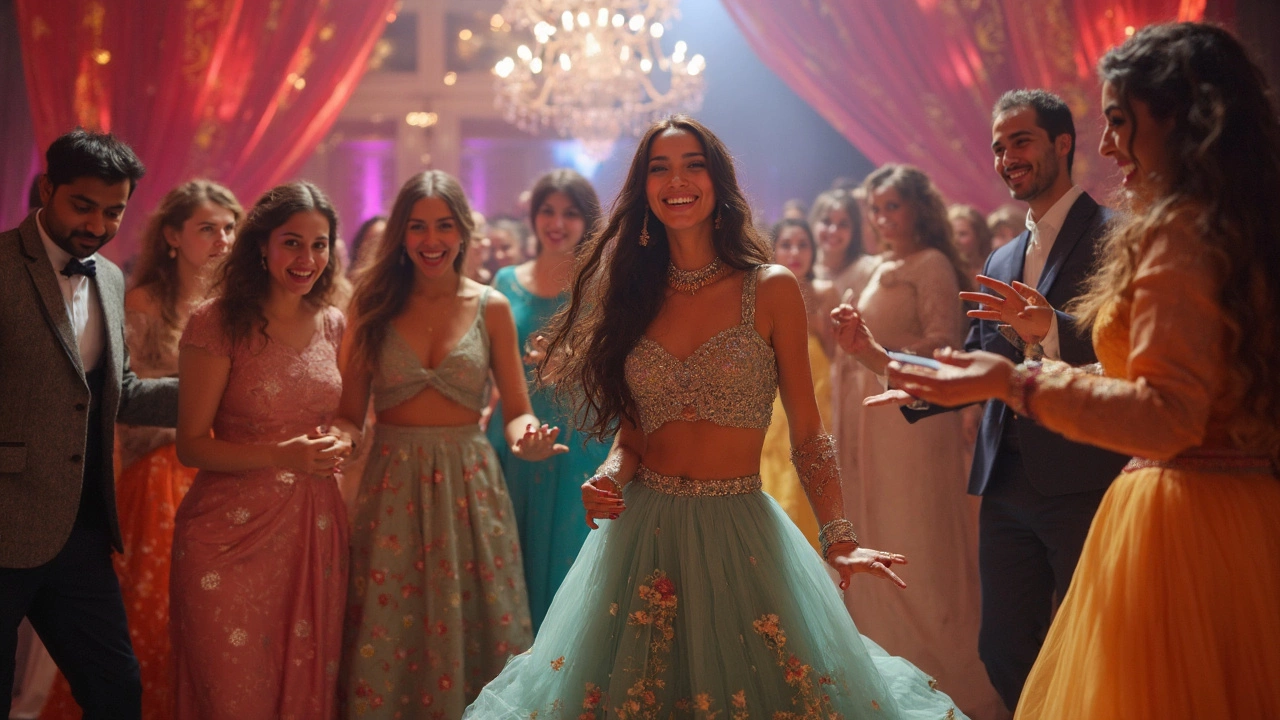
Etiquette and Little-Known Customs: Dressing with Respect
The wedding isn’t just about blasting colour and dancing till midnight. It also means being aware—of subtle traditions, unspoken dress codes, and unexpected moments. Here’s where you avoid awkwardness and nail the whole “insider” vibe.
First, remember to cover shoulders, knees, and décolletage at religious functions or in temples. Even if your outfit is dazzling, a lightweight scarf or shawl covers all bases. For men, long sleeves or a draped scarf keep things respectful, especially at the main ceremony. If you’re headed to a Sikh wedding at a gurdwara, pop a scarf or handkerchief over your head (both men and women)—there’s usually a basket at the entrance with extras. Just don’t wear anything made mostly of leather in a temple; animal products can offend religious sensibilities.
Here are some small-but-crucial rules:
- No black or white for major wedding events, unless you get a pass from the bride/groom.
- Shoes off at the temple or before entering the wedding canopy (mandap).
- Heavy perfumes or scents can be frowned on—focus on the floral, not overpowering.
- If in doubt, blend with the crowd. Seeing what everyone’s wearing before you sit down can save a blunder or two.
Photography is a big deal at Indian weddings—there may be hours between the main event and the next meal, and a sea of cameras ready to catch you mid-samosa. Go for colours that look good in photos and skip busy prints if you want to avoid the "Where’s Waldo" effect. At big events, some guests even change twice a day. Pack accordingly if you’re joining a marathon celebration.
For those who want to double down on authenticity, think about a little henna on your hands—lots of non-Indian guests do this as part of the fun, and bridal family members love to include everyone. Just ask your host first before rolling up sleeves: not every ritual is open for guests, but most are happy to include you in casual festivities.
Gift-giving is another area where the outfit matters. Slip money or a small gift in a decorative pouch that matches your outfit—colours and style reflect your respect for the family and the day.
If you get roped into a group dance, don’t panic. It’s tradition to have everyone join in—even those with two left feet. In fact, bold colours and flowy outfits actually help with the whole “look like you’re having fun” thing. The crowd wants you in the spirit, not watching from the sidelines.
Here’s a quick checklist for acing the indian wedding guest attire game:
- Bright, cheerful, and comfortable attire—never too causal.
- Go for traditional Indian wear if you can, or dressy Western clothes as a last resort.
- Cultural curiosity wins hearts: ask, laugh, and try something new.
- Accessories make the look—don’t shy away from a little bling.
- If you’re still stressed, remember—your effort says more than your fashion sense.
Indian weddings are legendary for their hospitality and colour. Show up looking curious, bright, and ready for anything. You’ll not only fit in, but probably end up on the dance floor, eating some of the best food you’ve ever tasted—and maybe, just maybe, you’ll be planning your own wardrobe for the next one before the curry stains are even out of your scarf.
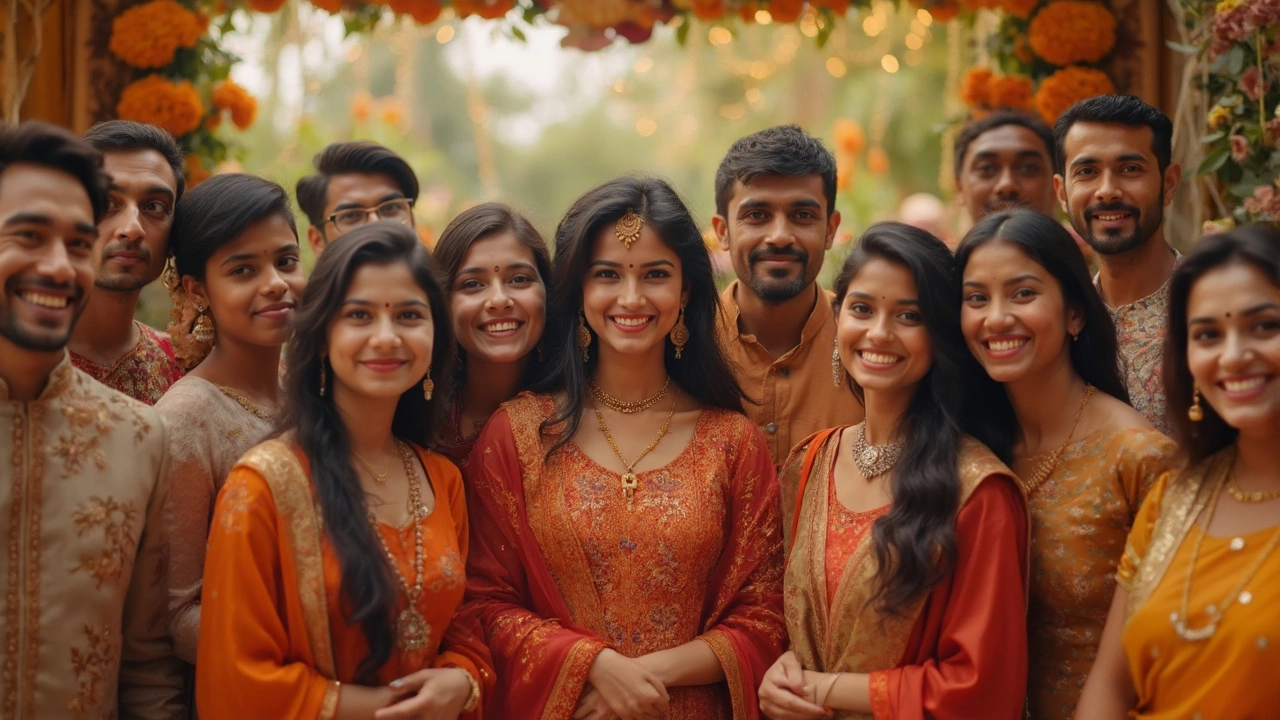
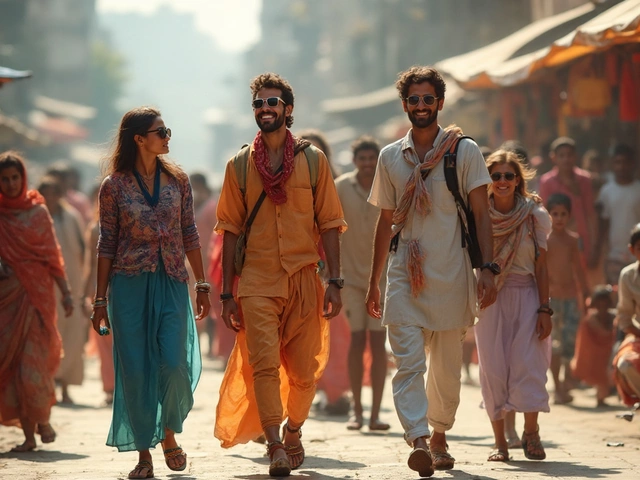
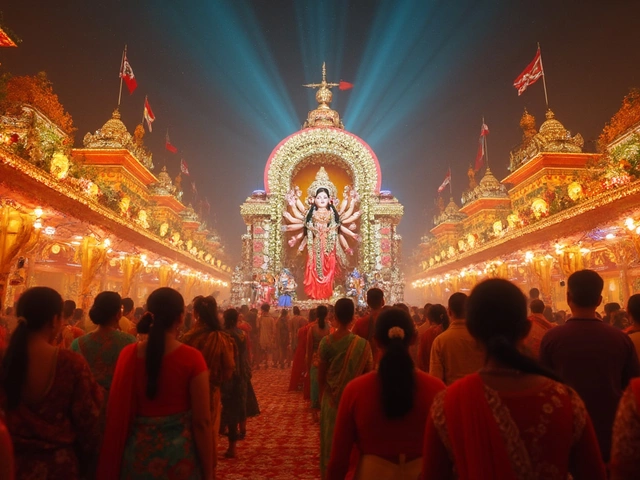
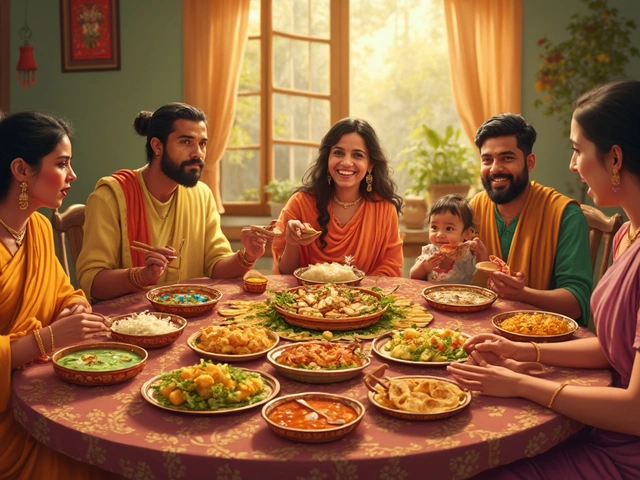
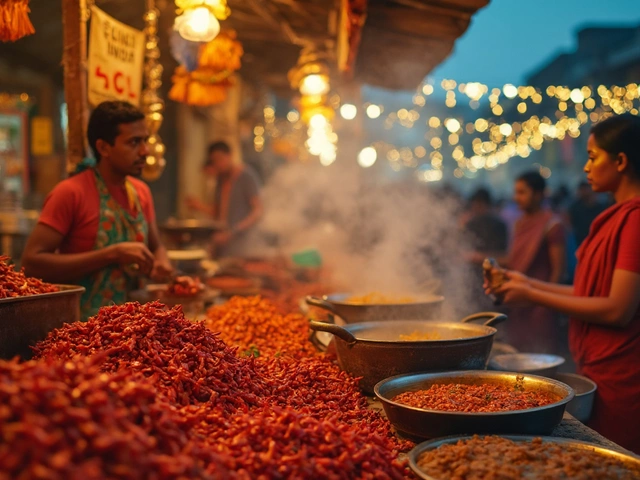
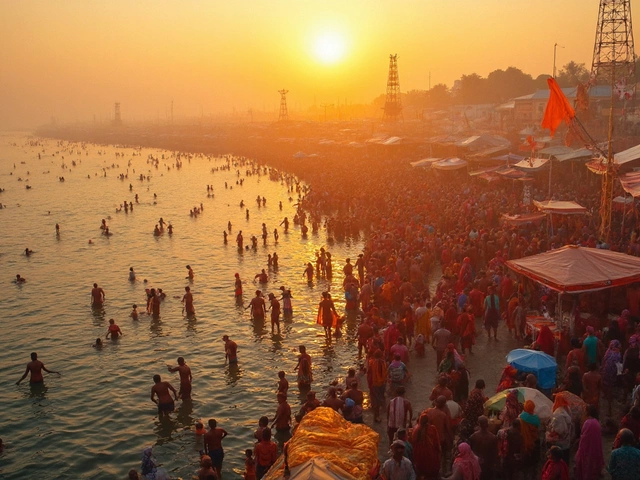
Write a comment